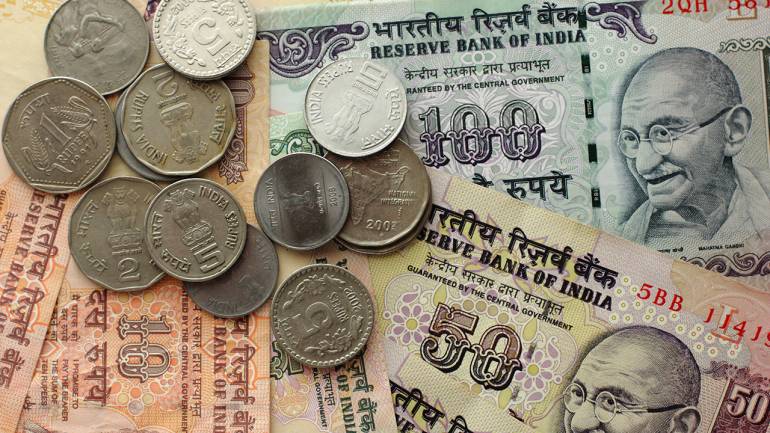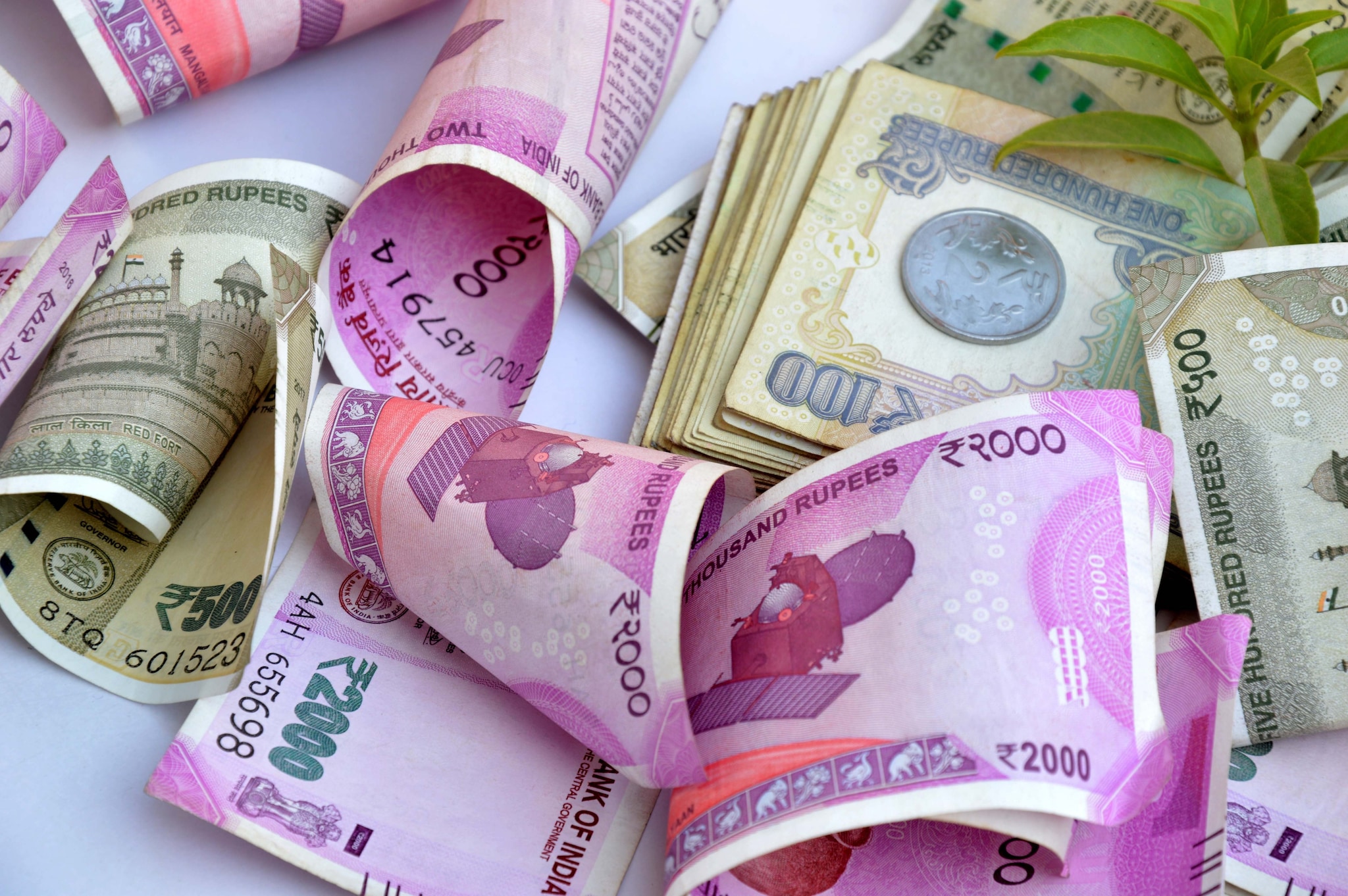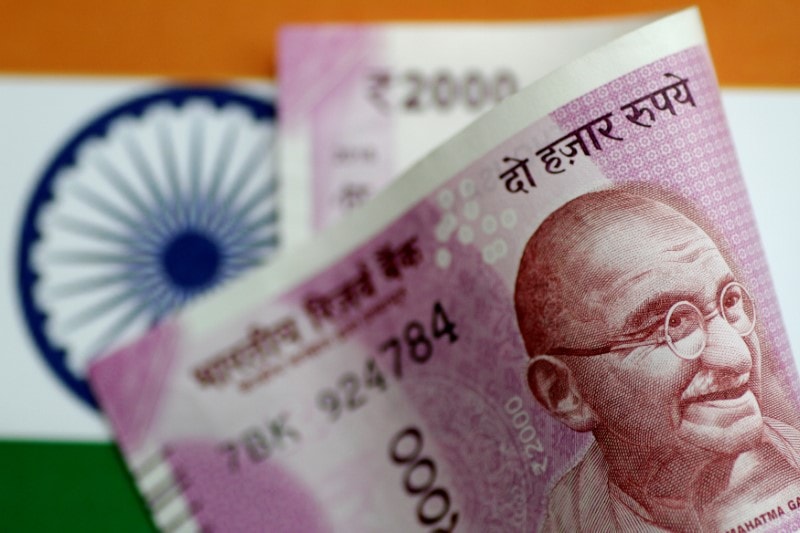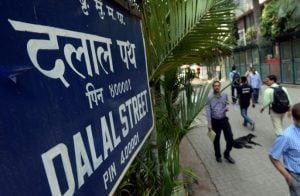Markets must anchor expectations from the government and RBI

KV Prasad Jun 13, 2022, 06:35 AM IST (Published)
 Listen to the Article (6 Minutes)
Listen to the Article (6 Minutes)
Summary
Expectations have ranged from doubling exports to vastly improving agriculture to getting India into the Southeast Asia supply chain where global companies are exiting China and looking for new homes to locate their manufacturing. The government itself appears to have a 100-day plan.
Since the resounding victory of the Bharatiya Janata Party (BJP), economists and financial market experts have been speculating on the goals of a re-energised Narendra Modi.
Expectations have ranged from doubling exports to vastly improving agriculture to getting India into the Southeast Asia supply chain where global companies are exiting China and looking for new homes to locate their manufacturing. The government itself appears to have a 100-day plan.
For the moment, this column will concentrate on what immediate money, banking and financial sector moves one can expect from the government.
Firstly, tax revenues for FY19 have probably fallen far short of the revised estimate of a 19.5 percent rise. Tax revenues may fall short of the estimated Rs 14.84 lakh crore by at least half a lakh crore rupees.
With a base of Rs 14.3 lakh crore tax collections for FY19, the asking rate of tax growth to reach the budgeted tax revenue in FY20 of Rs 17 lakh crore is almost 19 percent. If the tax revenue shortfall in FY19 is closer to Rs 1 lakh crore, which is not inconceivable, the asking rate of tax growth this year rises to 22 percent.
On the expenditure side, the FY20 budget had to provide Rs 75,000 crore for the PM Kisan Yojana. Besides, full tax rebate for those with taxable incomes up to Rs 5 lakh and a pension scheme for the unorganised sector adds up about 0.5 percent of GDP by way of extra giveaways. The government has managed to keep the fiscal deficit flat only by some conservative budgeting on existing centrally sponsored schemes and a tough-to-believe 4.7 percent rise in establishment expenditure.
Besides these, any scope of hiding fiscal expenditure in public sector units is fast running out. Borrowing by the FCI from the NSSF in lieu of food subsidy not reimbursed, government serviced bonds issued by PFC plus bank recap bonds all amounted to extra-budgetary borrowing of 3.4 percent of GDP in FY19. This number stood at 1.9 percent in FY17 and zero in FY15.
Even as the bond market runs away with expectations of rate cuts, it is important to note that government borrowing will remain an albatross. The bond market will be very lucky to get away with the Rs 7.1 trillion gross government borrowing and the Rs 4.73 trillion net borrowings announced in the February budget.
Yes, the market has been relying on a hefty dividend from the RBI via the Jalan committee. Just two points of caution: there are two central bankers in that committee who will worry more about the real and perceived autonomy of the central bank. Even assuming they recommend that RBI’s capital may be nixed by Rs 2 lakh crore, the market needs to note that this RBI capital is today invested in government bonds and any transfer to the government will be recommended over a period of time, if at all so that it doesn’t disrupt the market.
Let us come to another much talked about hope from the RBI: that the regulator will provide a liquidity arrangement for the funds-starved NBFCs. Here are some sobering thoughts: Firstly, RBI has already provided a FALLCR (Facility to Avail Liquidity for Liquidity Coverage Ratio) to banks. Basically, this means banks may reduce their holdings in government bonds by two percentage points and use it to lend to the corporate sector. Today, hardly any bank has used the facility. Clearly, banks have liquidity but don’t want to lend to certain NBFCs. This brings us to the second point: the markets (read mutual funds) want government and RBI to goad banks to lend to NBFCs so that the MFs can palm off their questionable securities to the banks. Now why would the regulator allow it, or even for that matter, why would the banks?
A third suggestion has been the creation of a stressed asset facility like the one provided under IDBI’s SASF in 2009. At the time of going to press the RBI seems not to have decided in favour of such a step. Announcements from the central bank so far have been more in the nature of creating a special supervisory cadre and ordering NBFCs to maintain more liquidity. The SEBI, on the other hand, is widely believed to be planning a stopper to mutual funds giving loans against shares to leveraged promoters. All these don’t sound like regulators waiting to ladle goodies to NBFCs or to mutual funds.
The government that just scored a resounding victory has prided on not bowing to crony capitalists. Why would it want to spoil its record, first thing after a great mandate? From the look of things, both regulators and the government may more likely force distressed groups to conclude deals with buyers than give any sops. Help may come if there is panic, but stocks at all-time highs and bond yields at 13-month lows don’t smell of panic.
The bond and stock markets’ best bet is that liquidity may anyway return to the interbank market since June, July, August are months when currency withdrawal falls.
The RBI too has shown its intent to stick with more open market bond sales, which is positive for bonds, banks, and NBFCs. Yes, there is a hope of giant rate cuts and even a CRR (cash reserve ratio) cut. The rate cut is a preserve of the Monetary Policy Committee which will continue to look at fiscal deficit and the recent rise in milk, vegetables and fuel prices. A CRR cut may actually be bond negative since it will come in place of OMOs.
Short point, it would be good for markets to anchor expectations.

Elon Musk forms several ‘X Holdings’ companies to fund potential Twitter buyout
3 Mins Read
Thursday’s filing dispelled some doubts, though Musk still has work to do. He and his advisers will spend the coming days vetting potential investors for the equity portion of his offer, according to people familiar with the matter

KV Prasad Journo follow politics, process in Parliament and US Congress. Former Congressional APSA-Fulbright Fellow
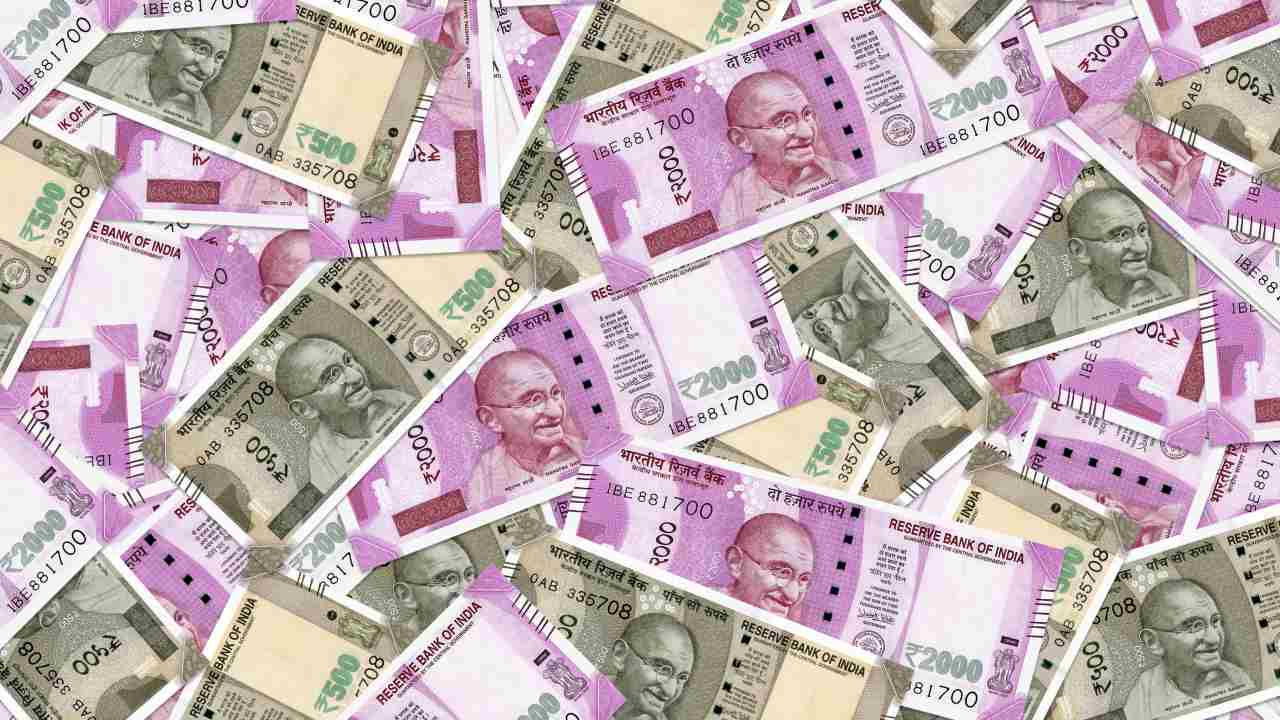








 Listen to the Article
Listen to the Article 
 Daily Newsletter
Daily Newsletter








